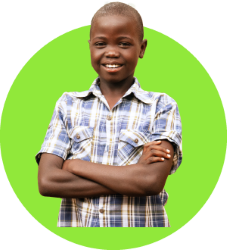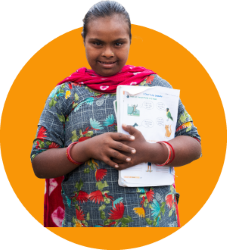Baptist World Aid is making a small change for a big reason—improving the ethics and safety of Child Sponsorship.
For 50 years, Baptist World Aid has been elevating the rights of children while connecting them with generous supporters in Australia.
Our programs have been independently assessed as being ‘one of Australia’s best examples of catalysing genuine empowerment, agency and advocacy capacity–especially of children, women and marginalised people’ (K4Dev, International Development Consultants, 2022).
We’re grateful for the impact our Child and Youth programs have had and continue to have and we’re committed to constant improvement and listening to the experiences of children and young people.
After consultation with children and youth in our programs, as well as their parents and local Partner Staff, Baptist World Aid has changed the way we promote Child Sponsorship to better protect the safety, privacy and dignity of children and young people.
We will no longer display the faces of children awaiting Sponsorship online (or at in-person events).
Faces will be covered by a friendly, yellow ‘sticker’, protecting the identity of the child until after a person signs up to become a Sponsor. When you become a Child Sponsor, you’ll then receive photos of the child or youth you’re supporting.
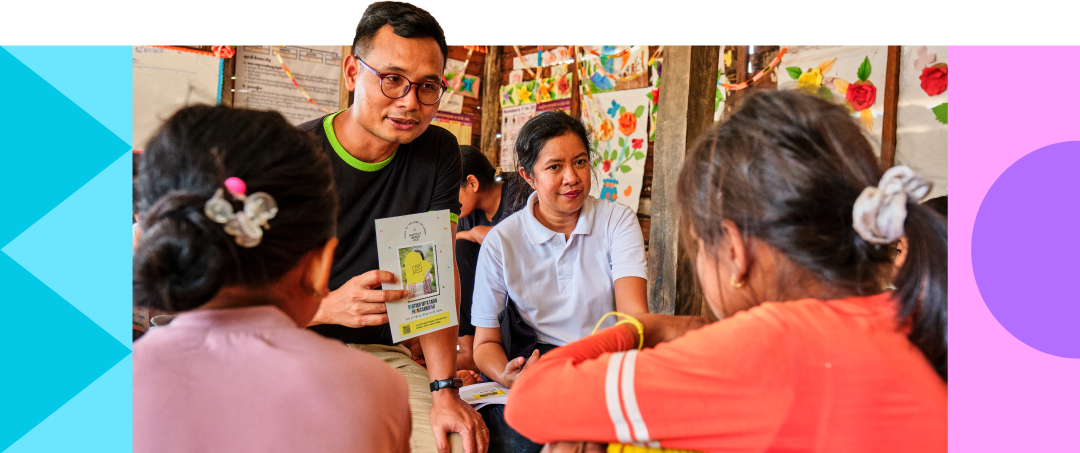 Partner staff in Cambodia discussing the change with young people in our programs.
Partner staff in Cambodia discussing the change with young people in our programs.
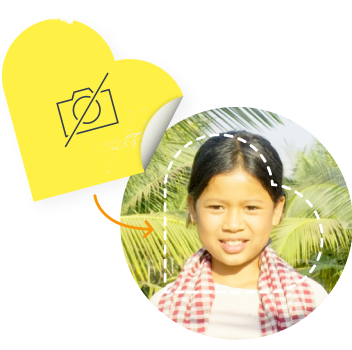
Faces will be covered by a ‘sticker’, protecting the identity of the child online and at events.
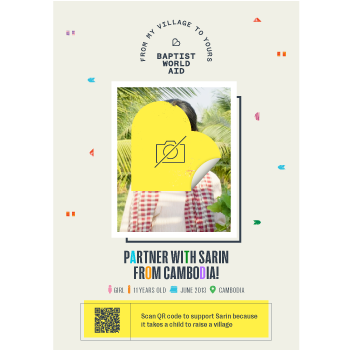
We’re committed to the dignity and safety of children, ensuring they’re at the centre of the story.

After becoming a Sponsor, you’ll then receive photos of the child you’re supporting, and their community!

